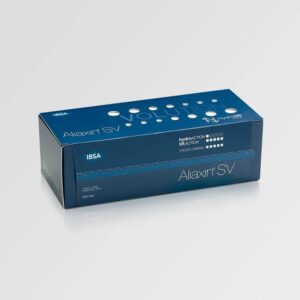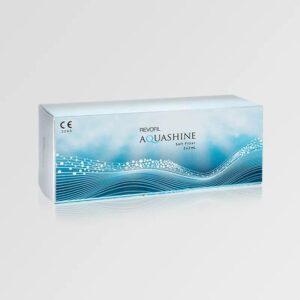Description
Botox Units: The Clinical-Strength Solution for Wrinkle Treatment and Medical Conditions
Botox 200 refers to a vial containing units of botulinum toxin type A, a purified neurotoxin used both cosmetically and therapeutically. Manufactured by Allergan, Botox 200 units is primarily used for medical applications such as chronic migraine, muscle spasticity, and hyperhidrosis—but it is also suitable for cosmetic professionals treating multiple areas or multiple patients.
This large-dose format offers flexibility and cost-effectiveness in clinical and high-volume settings.
💉 What Is Botox 200 Units?
Botoxs 200 is a sterile, vacuum-dried preparation of botulinum toxin type A, the same active ingredient found in standard cosmetic (Botox 100). It works by blocking nerve signals to targeted muscles, reducing their activity and relaxing unwanted contractions or wrinkles.
While Botox 100 is commonly used in aesthetic settings, Botoxs is often reserved for medical practitioners treating conditions that require higher dosages or repeat applications.
🏥 Medical Uses of Botoxs 200
-
Chronic migraines (≥15 headache days/month)
-
Overactive bladder and urinary incontinence
-
Cervical dystonia (neck muscle spasms)
-
Spasticity in upper and lower limbs
-
Severe primary axillary hyperhidrosis (excessive underarm sweating)
-
Strabismus and blepharospasm (eye muscle disorders






Reviews
There are no reviews yet.